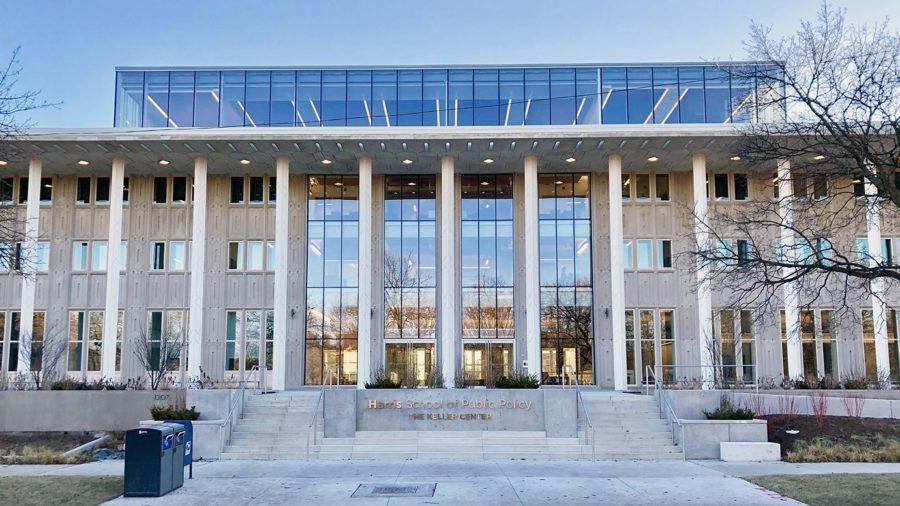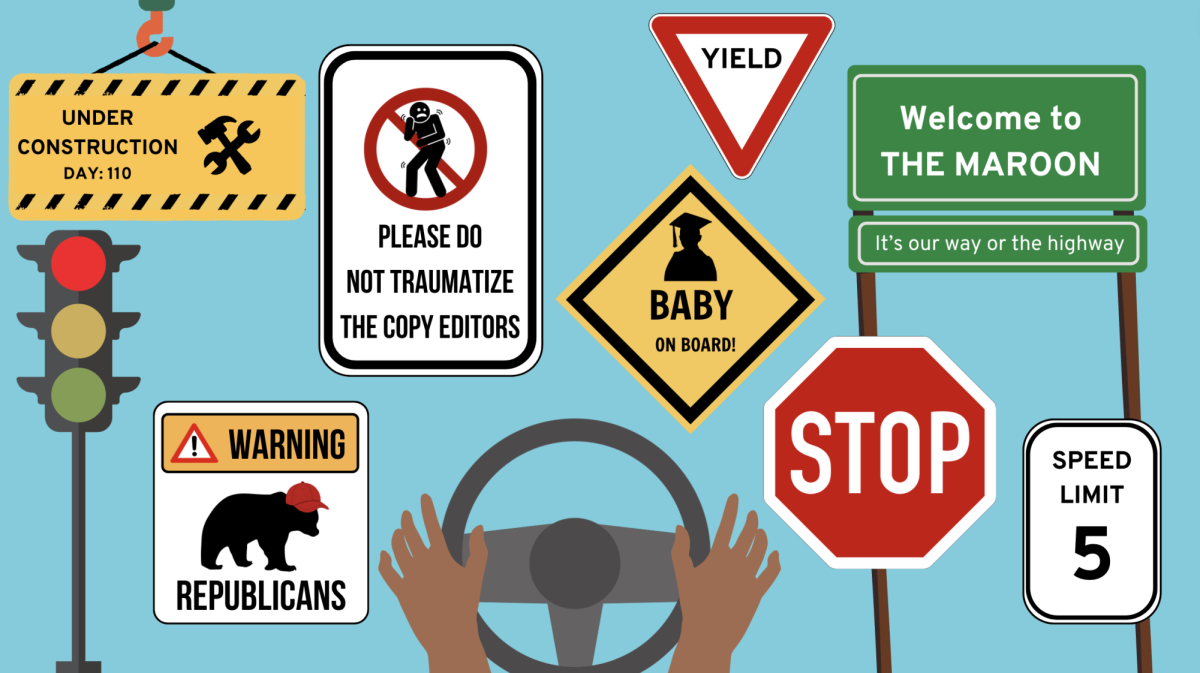Alec Brandon is dismissive of growing public concern about the rapidly rising cost of the nation’s elite private colleges (“Congress Should Keep Out of Colleges’ Business,” 10/29/07). He claims that the “present tuition structure for top colleges…is astoundingly egalitarian.” Let’s review some facts.
The University of Chicago estimates the current total annual cost of attendance to be $49,976, more than the median pre-tax household income of the United States. This is a great deal of money by almost anyone’s standards, but Brandon suggests that only “high-income soccer moms” are concerned, because “people pay what they can afford.”
While most top private colleges have need-blind admissions policies, this simply means that admissions decisions are not based on an applicant’s financial situation. But admission to a top college is not worth much to a lower-income student without a commitment by the university to fund (through grants and a reasonable amount of student loans) 100% of demonstrated financial need. In practice, this commitment varies greatly between different institutions. (In my own experience with need-based financial aid, Chicago’s offer was far less than that of any other college to which I applied, making it impossible for me to attend, so I went elsewhere as an undergraduate.)
In the nation’s top 150 colleges, only three percent of students come from the bottom economic quartile, while more than half are from the top quartile (see “Scandals of Higher Education” in the New York Review of Books, 3/29/2007). Moreover, this gap has widened considerably since the 1970s. Many American families are understandably concerned about college costs rising faster than household incomes. Rather than dismissing these concerns with rhetoric about need-blind admissions and free markets, we should strengthen the position of financial aid programs to ensure that talented students from all walks of life have access to the nation’s top universities.
Matthew Holden
Ph.D Candidate in mathematics







